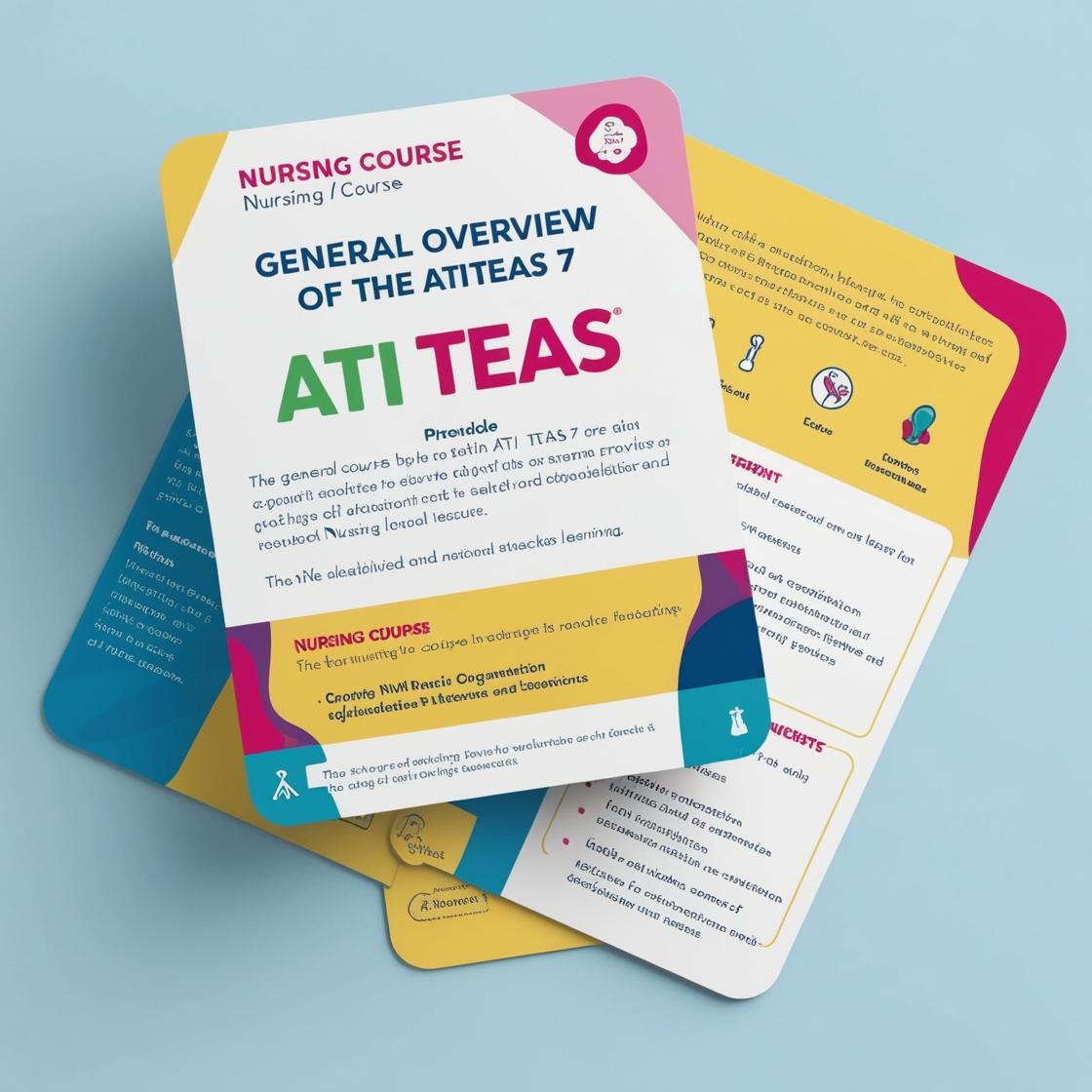ATI TEAS 7
Metric Conversions for TEAS 7
1. Convert 5,000 milligrams to grams.
- A. 50 grams
- B. 5 grams
- C. 500 grams
- D. 0.05 grams
Correct answer: B
Rationale: To convert milligrams to grams, you need to divide by 1,000 since there are 1,000 milligrams in 1 gram. Therefore, 5,000 milligrams is equal to 5 grams (5,000 ÷ 1,000 = 5). Choice A, '50 grams,' is incorrect as it results from multiplying instead of dividing. Choice C, '500 grams,' is incorrect as it incorrectly multiplies the value. Choice D, '0.05 grams,' is incorrect as it is the result of dividing by 10 instead of 1,000.
2. How many grams are in 5 kilograms?
- A. 50 grams
- B. 500 grams
- C. 5000 grams
- D. 5 grams
Correct answer: C
Rationale: To convert kilograms to grams, you need to multiply by 1000 because there are 1000 grams in a kilogram. Therefore, 5 kilograms x 1000 grams/kilogram = 5000 grams. Choices A, B, and D are incorrect because they do not correctly convert kilograms to grams.
3. What is 0.875 converted to a fraction?
- A. 7/8
- B. 8/7
- C. 3/4
- D. 9/10
Correct answer: A
Rationale: To convert 0.875 to a fraction, we write it as 875/1000. Simplifying by dividing both the numerator and denominator by 125, we get 7/8. Therefore, the correct answer is A. Choice B (8/7) is incorrect as it represents a fraction greater than 1. Choice C (3/4) and Choice D (9/10) do not match the correct conversion of 0.875.
4. Convert 0.04 grams to milligrams.
- A. 40 mg
- B. 4 mg
- C. 400 mg
- D. 0.4 mg
Correct answer: A
Rationale: To convert 0.04 grams to milligrams, you need to multiply by 1000, not 10000. Therefore, 0.04 grams equals 40 milligrams (0.04g * 1000 = 40mg). Choice B, '4 mg,' is incorrect as it reflects the value as if it was in grams. Choice C, '400 mg,' is incorrect as it incorrectly multiplies by 100 instead of 1000. Choice D, '0.4 mg,' is incorrect as it incorrectly moves the decimal point to the right instead of multiplying by 1000.
5. What is the equivalent of 1 nanometer (nm) in meters (m)?
- A. 10^-9 meters
- B. 10^-6 meters
- C. 10^-12 meters
- D. 10^-15 meters
Correct answer: A
Rationale: The correct answer is A: 10^-9 meters. 1 nanometer (nm) is equivalent to 10^-9 meters. This conversion is commonly used in various scientific fields, including nanotechnology, to represent extremely small lengths. Choice B, 10^-6 meters, is incorrect as it represents a micrometer, not a nanometer. Choice C, 10^-12 meters, is incorrect as it would be a picometer, which is smaller than a nanometer. Choice D, 10^-15 meters, is incorrect as it would be a femtometer, much smaller than a nanometer.
Similar Questions

Access More Features
ATI TEAS Premium Plus
$150/ 90 days
- Actual ATI TEAS 7 Questions
- 3,000 questions with answers
- 90 days access
ATI TEAS Basic
$99/ 30 days
- 3,000 Questions with answers
- 30 days access
